In a rapidly evolving global economic landscape, Australia's iron ore exports face a period of uncertainty, driven by changing dynamics in China's demand and a worldwide shift towards environmentally sustainable practices in the steel industry. A recent report from Goldman Sachs foresees challenges ahead, predicting a shortfall in the iron ore market throughout the remainder of 2023.
As the world's largest steel producer and consumer, China plays a pivotal role in this unfolding scenario. Goldman Sachs identifies low inventories and decreasing production as key factors contributing to the anticipated shortage. China's diminishing appetite for iron ore, coupled with a global movement towards "green" iron ore and steel, are identified as crucial drivers that could significantly impact Australia's iron production industry, positioning itself as one of the leading global suppliers of raw iron ore.
China currently sources 60% of its total iron ore requirements from Australia, alongside approximately 20% from Brazil. However, strained political relations between Australia and China have prompted the latter to diversify its sources, turning to Africa and the Simandou mine in Guinea. Market experts, including mining giant BHP, forecast a gradual decline in China's demand, while others argue that India's ongoing urbanization efforts and the demand from neighboring nations could offset the gap left by China.
Contrary to predictions of a slowdown in China's steel sector due to a real estate crisis, the country's steel exports remain robust. Iron ore prices have surged by almost 40% in mid-2023, driven by a flood of Chinese steel into the market. Despite a drop in steel prices, the insatiable demand for iron ore has led to an increase. China imported a staggering 1.1 billion tons of ore this year, primarily from Australia and Brazil, marking a 6% rise from the first 11 months of 2022.
Goldman Sachs expresses caution regarding China's steel production amidst its real estate challenges. The report estimates a global decrease in iron ore supplies from 1.557 billion tons to 1.536 billion tons in 2023, with the benchmark 62%-grade iron ore expected to rise from $101 per ton to $117 on a full-year average. Australia, a major exporter, faces potential challenges as the global industry shifts towards green iron and low-carbon steel. The adoption of direct reduced iron (DRI) technology, powered by green hydrogen, poses a disadvantage for Australia's high-iron-content hematite iron ore.
Amidst these challenges, global production is poised for growth, focusing on establishing a significant green hydrogen production and export sector in Australia. However, experts advocate allocating a substantial portion of the projected production for domestic use, emphasizing the creation of value-added products such as green iron. Western Australia has unveiled plans to streamline its environmental permit system, expediting the establishment of new enterprises crucial to the transition towards more sustainable energy sources.
Forecasts indicate a 1.9% compound annual growth rate in world iron ore production, reaching 3,002.8 million tons by 2030, with Brazil emerging as a significant contributor to this growth.


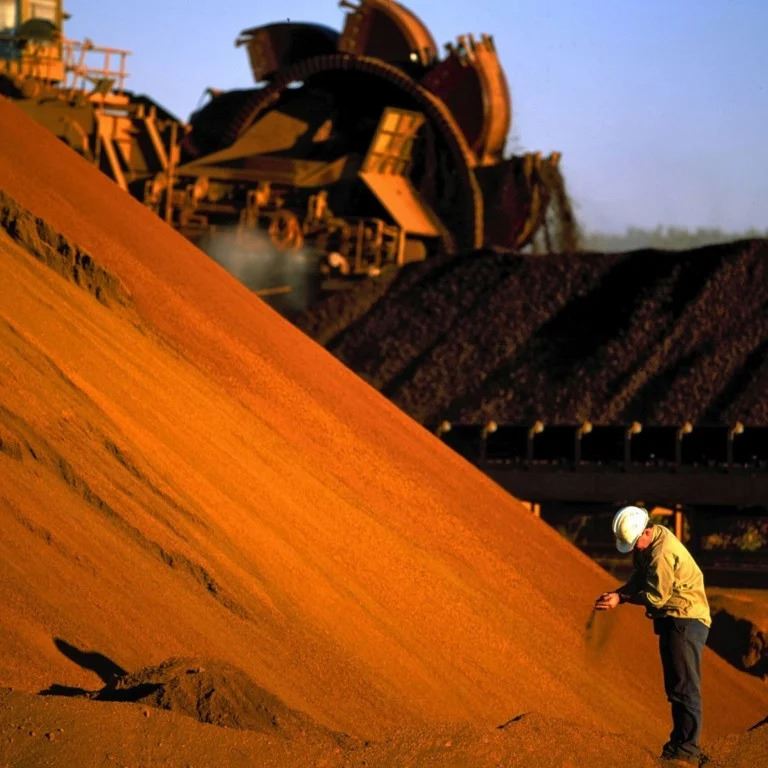
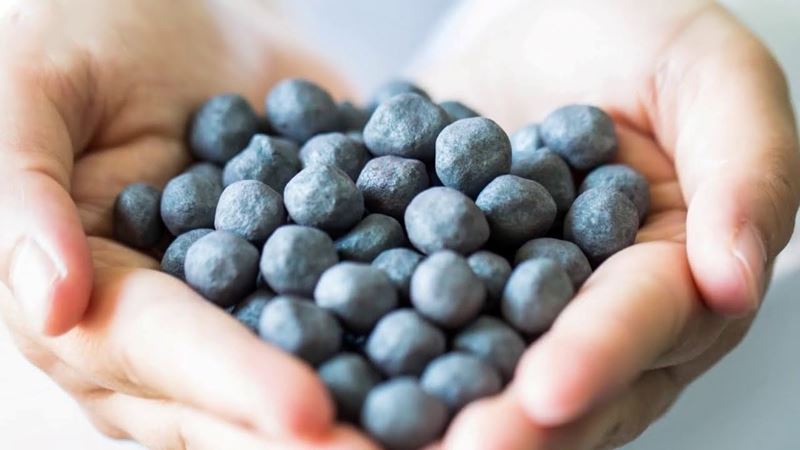

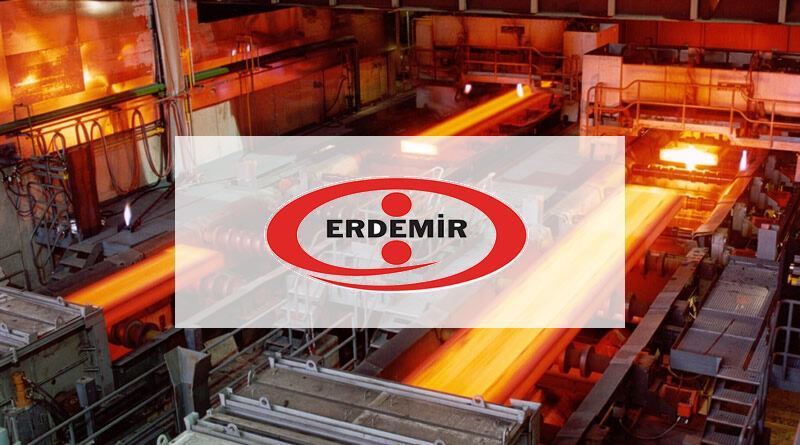
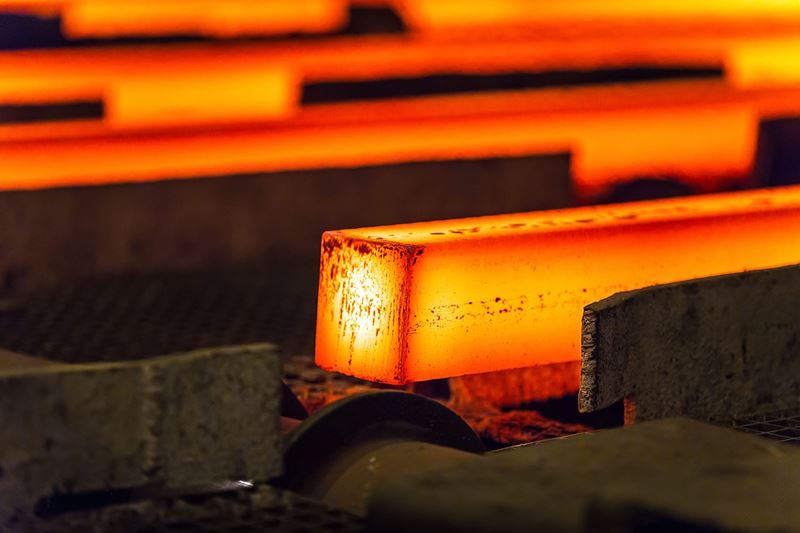
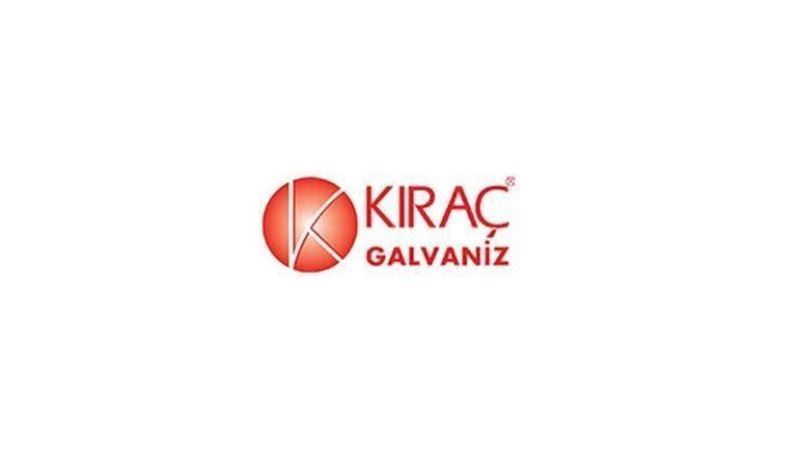

Comments
No comment yet.